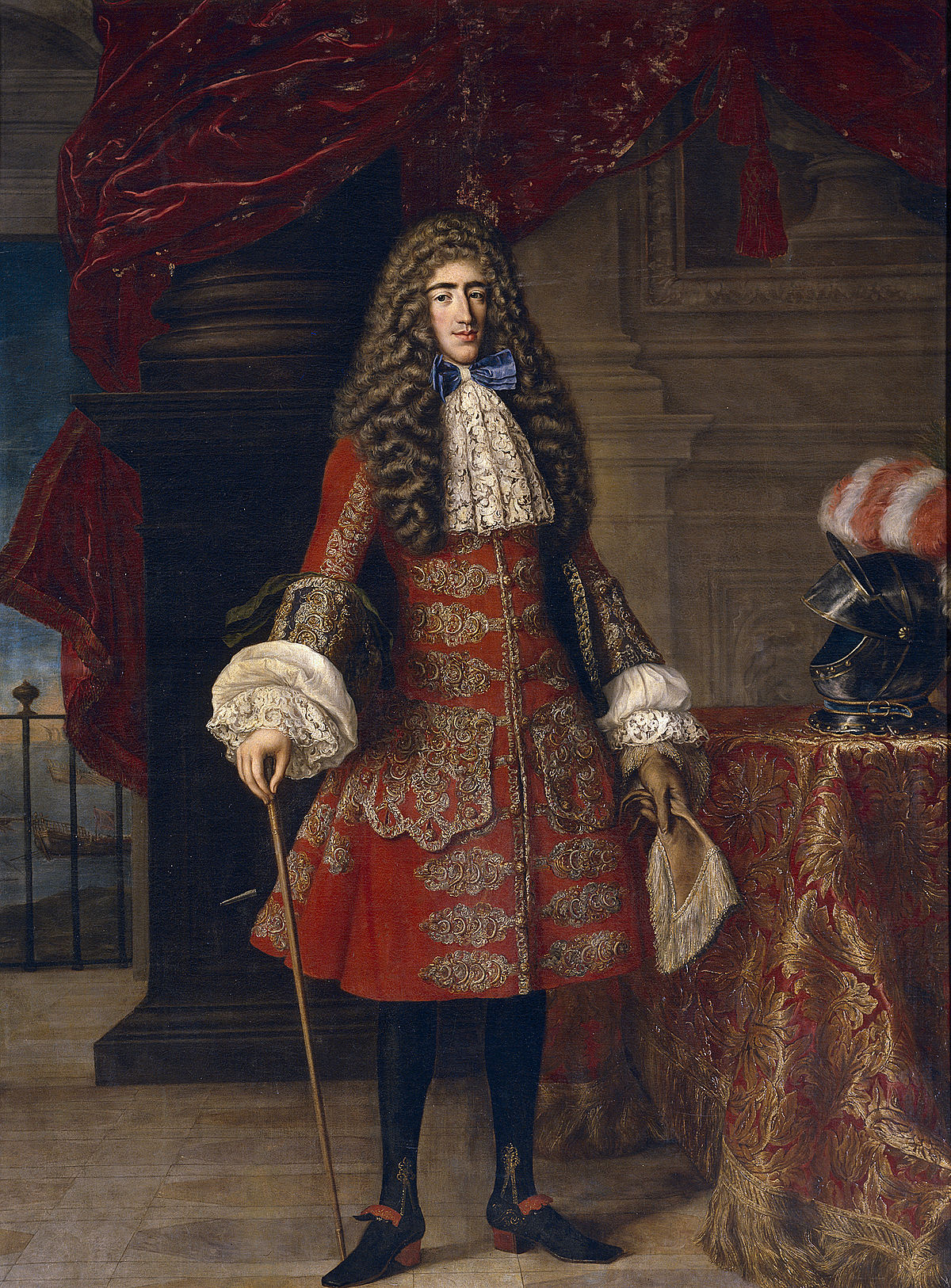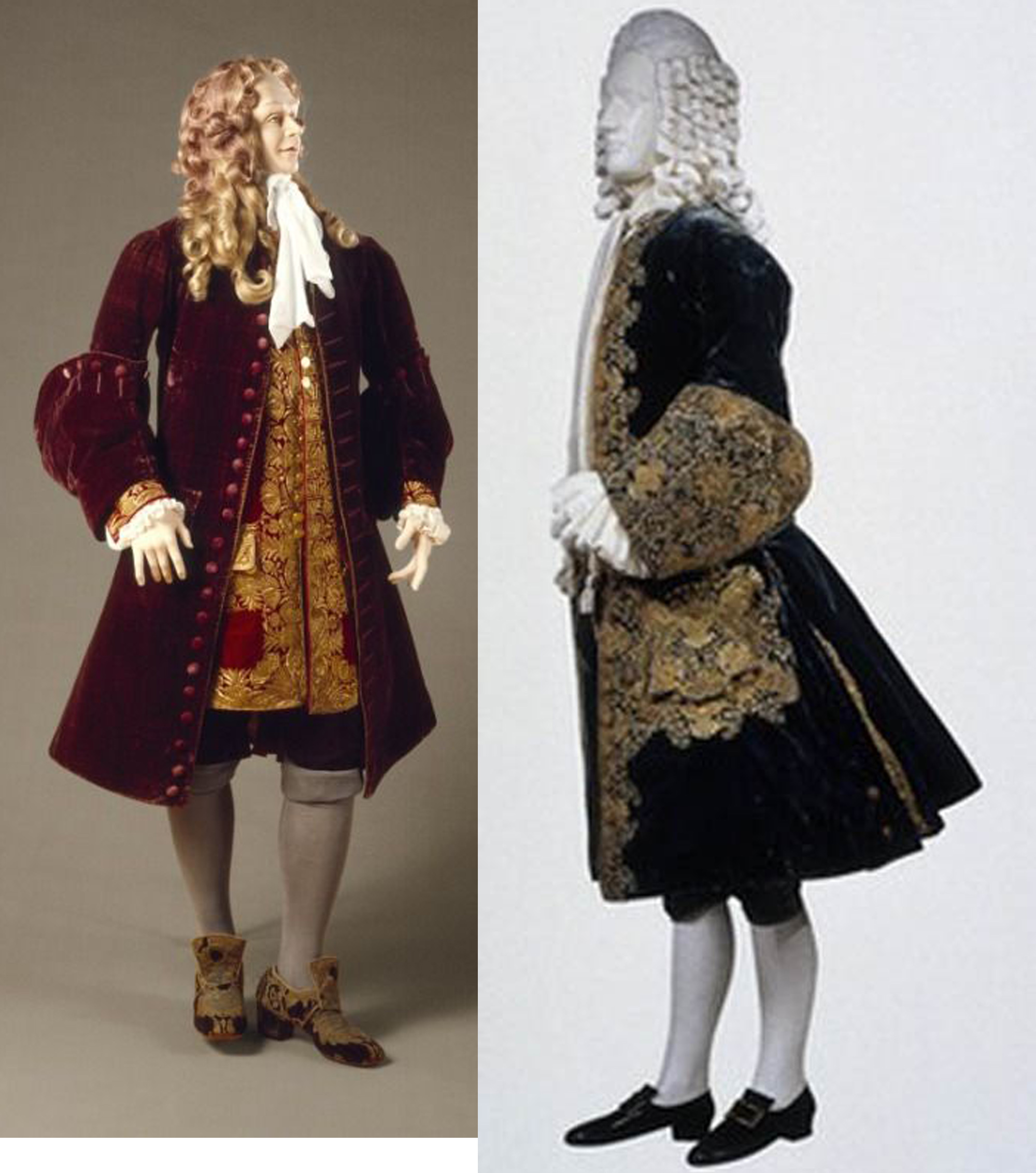I love to know the histories for things and why the started…
I have two interesting unrelated histories: Cuff buttons and the used of Gangsta for idiots with tattoos and street fashions.
"Gangster" along with "mobster" were terms popularised in the 1920s in the USA to describe the rampant organsied crime famously focused on making money from black-market alcohol during prohibition, amongst other things.
The movies of the 1930s popularised and mythologised the image of the "gangster"- sharp suits and stylish hats: dangerous men who looked good.
Across the oceans on the Island of Jamaica during the 1960s there was a wave of youth violence, young men calling themselves rudeboys would participate in violent, petty, semi-organised criminal acts. These people had grown up with gangster movies and idolised the image. Many began to dress in a similar style.
This culture was reflected in the fashion and music of the time. There are ska songs about it. that gave rise to the "black and white" movement of men wearing black and white suits, ties and hats which had a big influence on late 70s and early 80s Britain when ska music became popular there because of earlier West Indian immigration.
These same Jamaicans also came to the USA with their culture and fashion and their "gangster" look. They actually looked like "gangsters"…
Imagine- tough, good looking well dressed Jamaican guys in the US during the 80s.
These people were the reason the term was revived.
These Yardies are the reason "Gangster" made the strange transition to the present and why very unstylish idiots with guns are now called "gangsta". Their existence repopularised the term and it was soon misused to apply to any tough street guy till the origin was lost.

Start publishing on
DD Comics!
Weird histories for things... Why did certain things originate?
Buttons on suit cuffs are something that has always seemed to be around and will probably still exist long after we're all dead. But they had a beginning.
Back in the 15th century sleeves didn't have buttons. The popular thing with jackets was to have a weird double sleeve- they had holes at the shoulders so you could stick your arms through there instead and leave the longer sleeve hanging.
By the 16th century buttons were everywhere and that revolutionised the sleeve issue, now instead of extra holes you simply had the seem open and had buttons all along it so if you needed your arm free you just unbuttoned it and opened it up!
Jackets and coats went with that trend from then on but the cut seem got shorter till it was just around the cuff. But the idea of opening up cuffs and turning them back became a fad, till in the late 17th century that had evolved into gigantically MASSIVE turn back cuffs with huge buttons! These started to shrink from then on through the 18th century till in the 19th century all we had was a short cut and a few buttons…
But it still remains to today. Suit jackets STILL have buttons on the cuffs. "Good" high quality suit jackets will have practical buttons that can actually unbutton, which is STUPID because the buttons are only there for fashion and haven't been a practical thing for 400 years- so those unbuttoning cuff buttons are "fake" practical.
The massive turn down cuffs had a practical usage. Gloves were extremely expensive so they kept the hands warm. This was in the time where coats and fully sleeved waistcoats had come in the second half of the 17th century. Cuff buttons were rare at this point and only became prevalent after the turn of the 18th century. They not only kept the cuffs up but also controlled a disgusting habit the large cuffs had promulgated. Men stopped using handkerchiefs (which were tucked up the sleeve) and used the cuffs instead. As cuffs got smaller often the buttons became larger as the clothing became more fitted going through the 18th century.
There are documents of officers issuing orders for their soldiers to add buttons to their cuffs as well as the uniform patterns specifying the buttons and lace to discourage wiping the nose on the cuff. By the middle of the 18th century civilian buttons were to open up thd cuff as the sleeve had become more narrow and tailored and the cuff was to fit tightly around the wrist because the waistcoat had lost its sleeves.
By mid century there were pointed Hungarian cuffs often with a lace edge; Prussian cuffs, square with buttons around the outer edge of the cuff (and the first where the buttons were non functional) and French cuffs where the buttons opened a small flap perpendicular to the cuff. French cuffs is still used to describe shirts whose cuffs have no buttons and require cufflinks. By the end of the Napoleonic Wars most buttons on coat cuffs had become mostly ornamental whether they actually had buttons holes or not.
Throughout the period there are many descriptions and patterns going over all this. There are also actual surviving coats a few from officers who had them privately tailored with the specific directions on how they were to be fashioned.
Then there's the long story of lapels and turnbacks which was going on at the same time.
With your cuff knowledge specifically I feel you may have got some history that only applied to a narrow part of the world? I think that you're drawing from particular instances of military histories where they were adapting their uniforms to fit their own needs rather than wider fashion trends.
Gloves are generally not very hard to make, whether leather or wool, and there are other simple alternatives like large pockets and mittens- all MUCH easier and cheaper than large cuffs. The large cuffs would be considerably more expensive than gloves.
(I myself made a pair of leather gloves in an afternoon once, with no training or pattern, It took two tries to get right but they fit perfectly)
Besides, the large cuffs I mentioned could never been turned down over the hands because they were a structured part of the arm as you'll see from the images bellow…
This is the style of sleeve they have in the middle of the 1600s. See the cuff buttons and how long the slit seam is:
This is from 1660 when the turn back cuffs were first starting to come into fashion:
This is from 1770 when the style had started to reach its peak. See the stylised buttons holding the cuff back back.
This is from the late 1680s where the style has clearly become entrenched and very decorative:
This is from the very early 1700s where the style had reached its decorative peak
The cuffs started to shrunk again after this period.
I'm sure that smaller uniform cuffs from the mid 1700s could be adapted to turn down.
Almanacs, pattern books, contemporary writings all mention and discuss the lack of gloves, their expense and that men would turn their cuffs down to keep their hands warm. Colonial Williamsburg has a lot of actual clothing as well as period documents about how real people wore the clothes on a day to day basis.
There are also commentaries and satires that provide a lot of detail on period living that portraits just plain don't.
Military and civilian fashion fed into one another and there were times when clothing picked up styles from the military and then when military took clues from civilian styles. The tailored look of Prussian uniforms designed to conserve cloth influenced the tailored more trim cut of men's clothing after the Seven Year s War and then a generation later civilian styles made military tailoring tighter still with higher waists going into the 1800s.
There are both civilian and military patterns of the time as well as correspondence with customers and their tailors.
DDComics is community owned.
The following patrons help keep the lights on. You can support DDComics on Patreon.
- Banes
- JustNoPoint
- RMccool
- Abt_Nihil
- Gunwallace
- cresc
- PaulEberhardt
- Emma_Clare
- FunctionCreep
- SinJinsoku
- Smkinoshita
- jerrie
- Chickfighter
- Andreas_Helixfinger
- Tantz_Aerine
- Genejoke
- Davey Do
- Gullas
- Roma
- NanoCritters
- Teh Andeh
- Peipei
- Digital_Genesis
- Hushicho
- Palouka
- Cheeko
- Paneltastic
- L.C.Stein
- Zombienomicon
- Dpat57
- Bravo1102
- TheJagged
- LoliGen
- OrcGirl
- Fallopiancrusader
- Arborcides
- ChipperChartreuse
- Mogtrost
- InkyMoondrop
- jgib99
- Call me tom
- OrGiveMeDeath_Ind
- Mks_monsters
- GregJ
- HawkandFloAdventures
- Soushiyo
